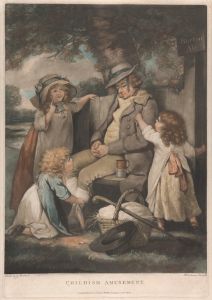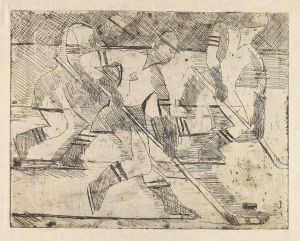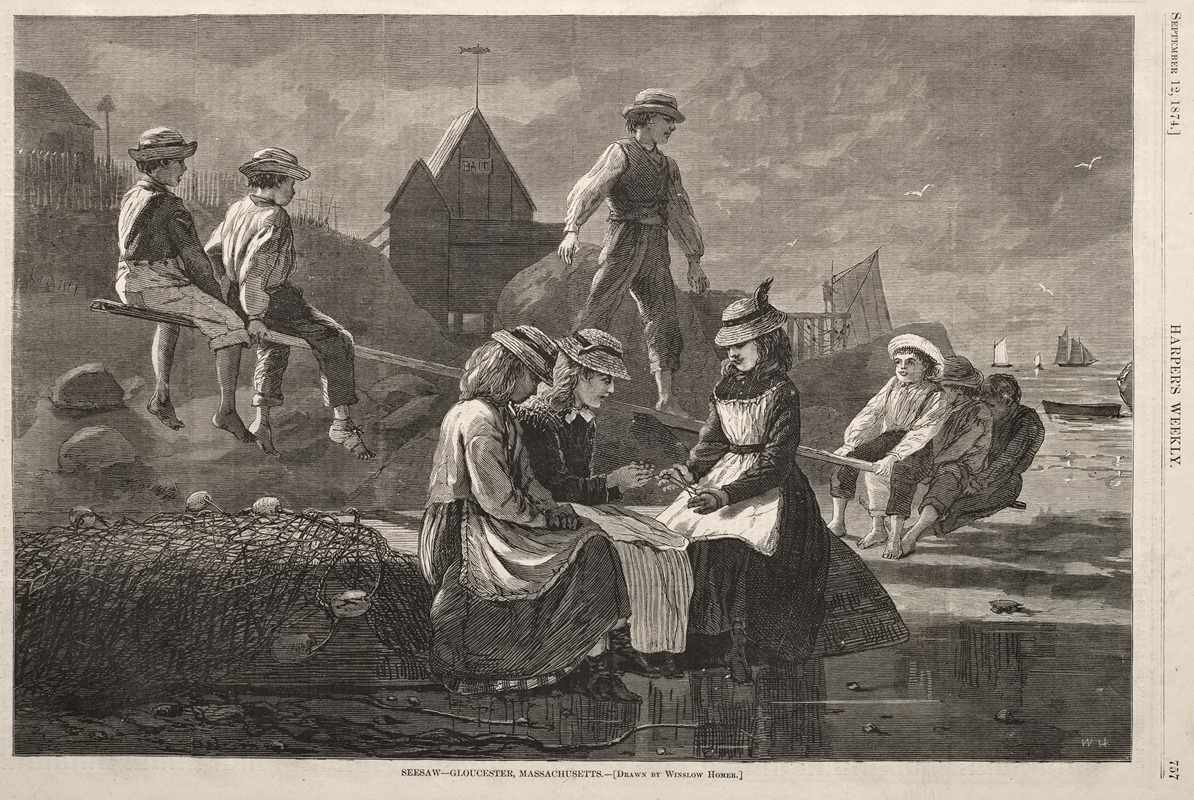
See Saw – Gloucester, Massachusetts
A hand-painted replica of Winslow Homer’s masterpiece See Saw – Gloucester, Massachusetts, meticulously crafted by professional artists to capture the true essence of the original. Each piece is created with museum-quality canvas and rare mineral pigments, carefully painted by experienced artists with delicate brushstrokes and rich, layered colors to perfectly recreate the texture of the original artwork. Unlike machine-printed reproductions, this hand-painted version brings the painting to life, infused with the artist’s emotions and skill in every stroke. Whether for personal collection or home decoration, it instantly elevates the artistic atmosphere of any space.
Winslow Homer’s See Saw – Gloucester, Massachusetts is a watercolor painting created in 1874. Homer, one of the most prominent American artists of the 19th century, is well-known for his depictions of everyday life, landscapes, and maritime scenes. This particular work is part of his series of watercolors that capture the coastal life of Gloucester, Massachusetts, a fishing town that inspired many of his paintings during the early 1870s.
The painting portrays children playing on a seesaw, a common pastime of the era, set against the backdrop of Gloucester’s coastal scenery. Homer’s choice of subject reflects his interest in depicting scenes of leisure and innocence, often focusing on children and their activities. The composition is simple yet dynamic, with the seesaw creating a diagonal line that adds movement and balance to the scene. The children’s clothing and the surrounding environment provide a glimpse into the daily life of the time.
Homer’s use of watercolor in See Saw – Gloucester, Massachusetts demonstrates his mastery of the medium. The painting showcases his ability to capture light and atmosphere, with soft washes of color that evoke the breezy, sunlit quality of the coastal setting. His technique combines precision in the figures with a more fluid and spontaneous handling of the background, creating a harmonious blend of detail and impression.
This work is significant as part of Homer’s broader exploration of American life and his transition from illustration to fine art. During the 1870s, Homer began to focus more on painting, moving away from his earlier career as a magazine illustrator. His time in Gloucester marked an important period of artistic growth, as he experimented with watercolors and developed a more personal and expressive style.
See Saw – Gloucester, Massachusetts is held in the collection of the Brooklyn Museum in New York. It remains an example of Homer’s ability to capture the charm and simplicity of everyday moments while showcasing his technical skill and artistic vision. The painting continues to be celebrated for its depiction of 19th-century American life and its contribution to the development of watercolor as a respected medium in American art.





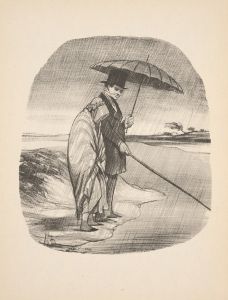
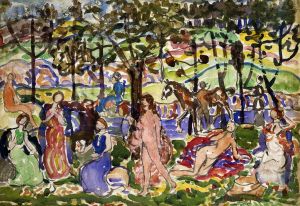

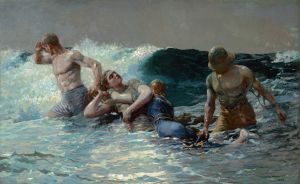
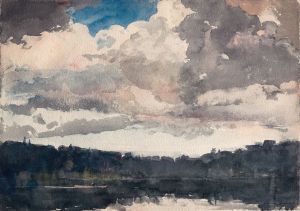
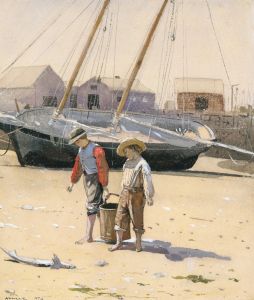

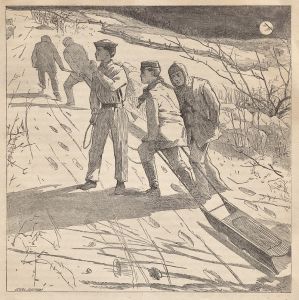
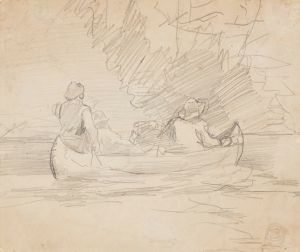
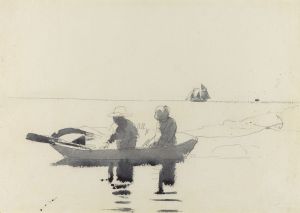
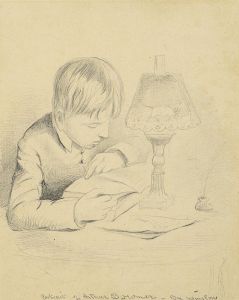
![Proposed treatment for roller rink, Elizabeth, N.J.] [Wall elevations, royal scheme](/imgs/249389/s/winold-reiss-proposed-treatment-for-roller-rink-elizabeth-nj-wall-elevations-royal-scheme-1c7e4bf2.jpg)
